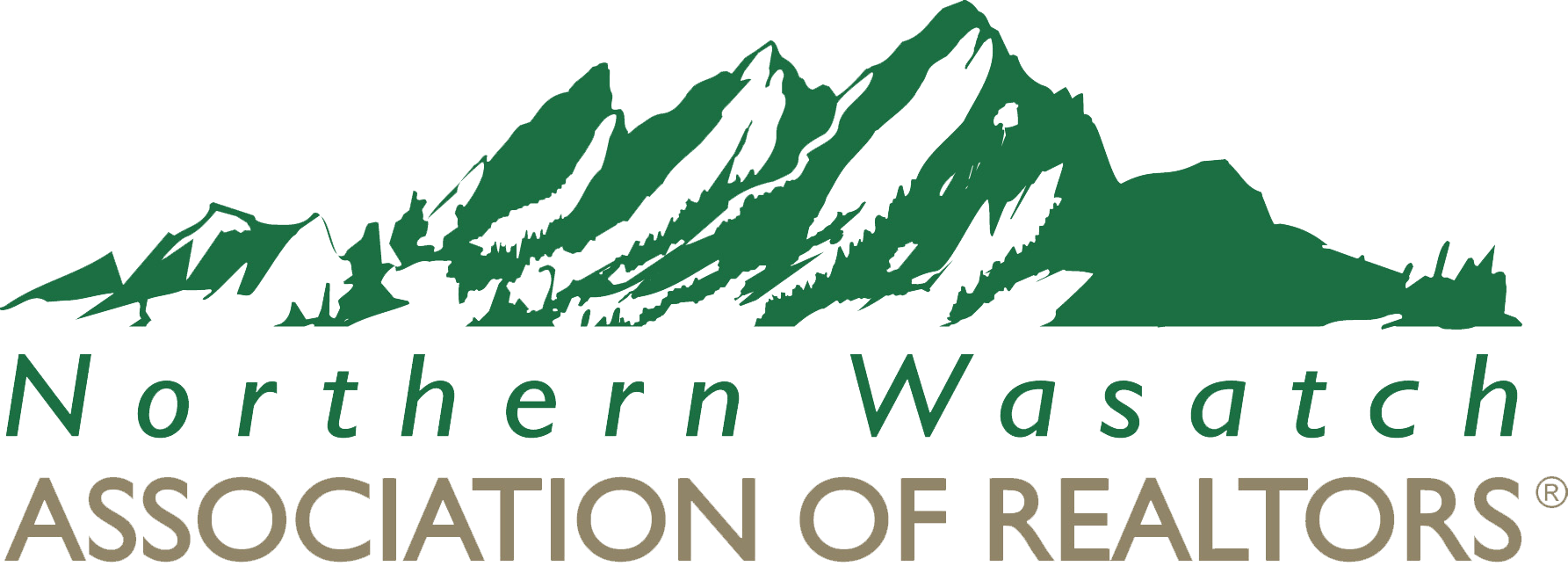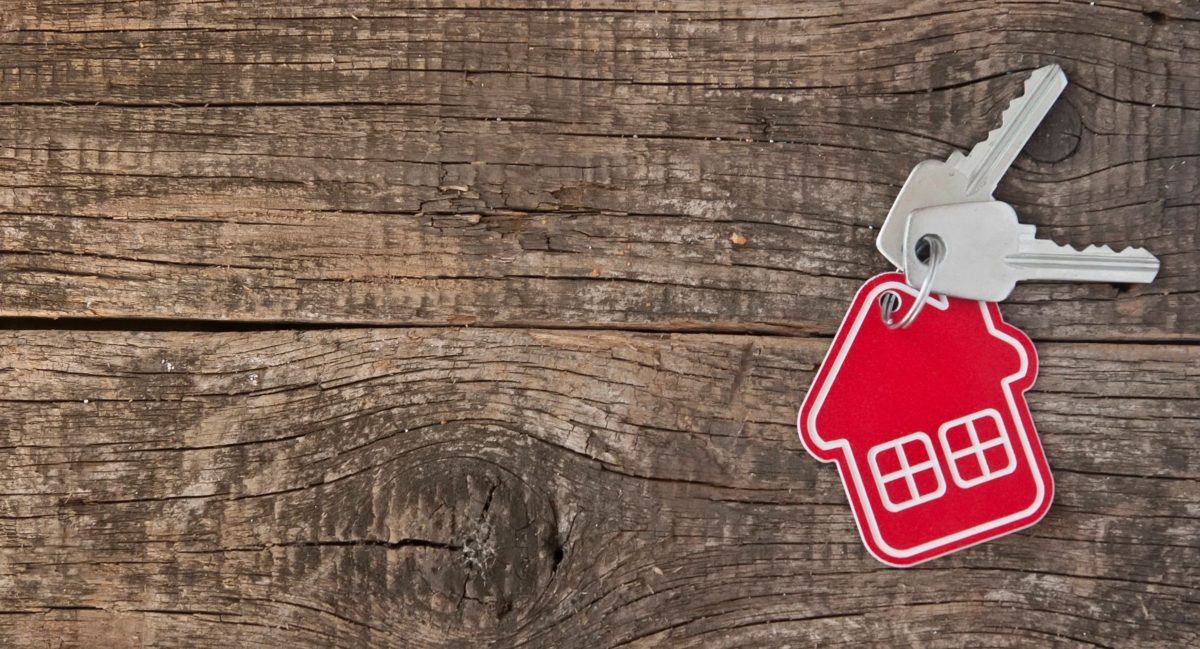When putting a home up for sale, one of the most important tasks is making sure the price is right.
Set the price too low and you risk losing thousands of dollars. Price your home too high and it could languish on the market. That’s problematic since homes with the biggest discounts typically are the ones that stay on the market longest, according to Realtor.com. It’s also important to get pricing right so you don’t miss out on potential buyers who are looking in price ranges close to yours.
To navigate the dangers of over- and underpricing, here are five tips to help you get it right:
1. Don’t set the price based on what you paid
Over the past five years, the median home price in Weber County has increased 47 percent. Meanwhile in Davis County, prices have increased 43 percent. In Morgan County, prices are up 88 percent.
Don’t make the mistake of taking the price you paid for a home and adding a general percentage to it, like those above. Remember, every neighborhood is unique, and the current number of local buyers and homes for sale will ultimately dictate the sales price you receive.
Unfortunately, buyers don’t care how much you paid and how much you have left on your mortgage. They care about how your house compares to other homes offered for sale.
2. Avoid getting emotionally attached
Even though you have special memories in your home, it doesn’t mean you can sell for more than similar houses in your area. Remember, buyers don’t have the same emotional attachment you do.
Also, know that the work you put into the home will likely not receive a dollar-for-dollar return. The Cost vs. Value report from Remodeling magazine shows renovation projects in the Salt Lake area on average net only 56 percent of their cost.
That means even though you love the high-end kitchen you installed, buyers may not put the same price tag on it, especially if they can find other similar homes for less.
Before doing a renovation, it’s a good idea to talk to a Realtor who specializes in your neighborhood about which potential remodeling projects have the best resale value.
3. Be careful with online valuations
It’s fun to go on a website and have it instantly attach a price tag to your home. The problem, however, is these online valuations are often based on incomplete or sometimes inaccurate information.
Website algorithms are unable to take into account the human aspect of pricing a home. They may not consider the house’s condition, unique neighborhood features or other differences between homes. Sometimes these online tools are also missing valuable information like sales prices from properties that have sold nearby.
While it’s nice to have a website give you an instantaneous number, make sure you don’t make your pricing decision without doing additional research.
4. Study the market
What homes are currently on the market nearby? Are they in more or less desirable neighborhoods and street locations? What’s their condition and size compared to your home?
Next, look at the price of homes that have sold in your neighborhood to see what buyers are actually willing to pay. Make sure you study homes that are a good comparison to yours and adjust for any differences, such as number of bedrooms, bathrooms, square footage, etc.
Finally, look at what’s happening in the market right now. Are there more buyers in your neighborhood than houses for sale or vice versa? Is the market headed up or down? Knowing this information can help you decide how aggressive to be with your price.
5. Work with an expert
While the process may sound overwhelming, your Realtor will help you make sense of everything. A Realtor will analyze the market and show you the prices of comparable homes that have recently sold, including adjustments for differences.
Your home is one of your biggest investments. Make sure you can sell it for the best price possible by working with a market expert. Find a Realtor who will meet your needs at NWAOR.com.
Sonya Smithing
2017 President, Northern Wasatch Association of REALTORS

